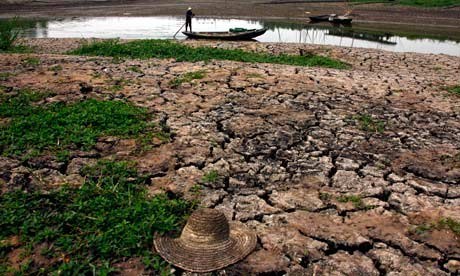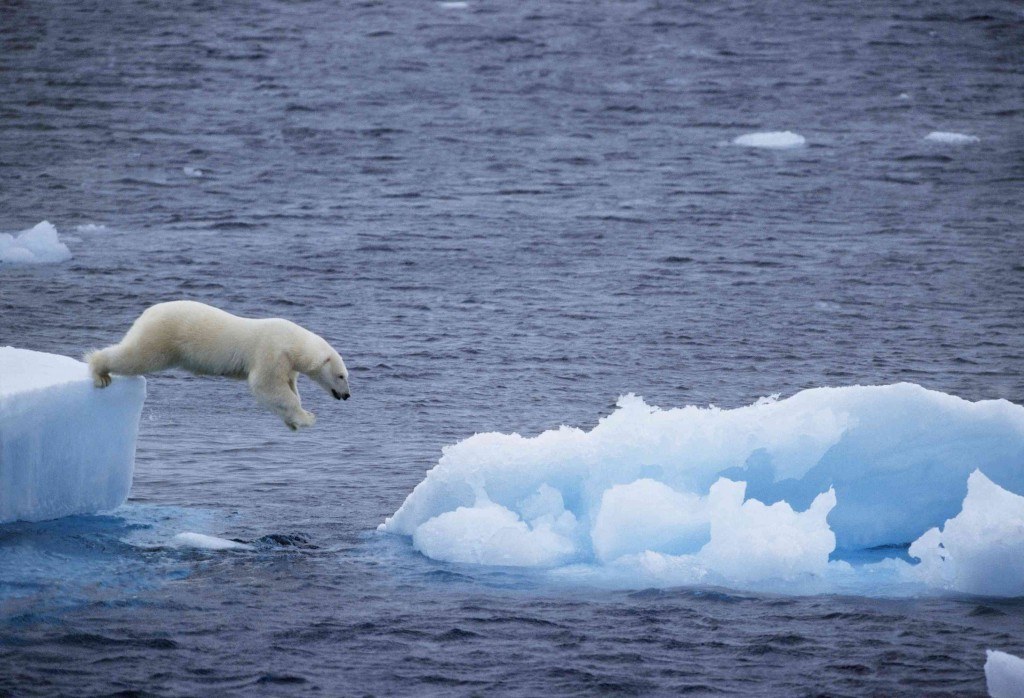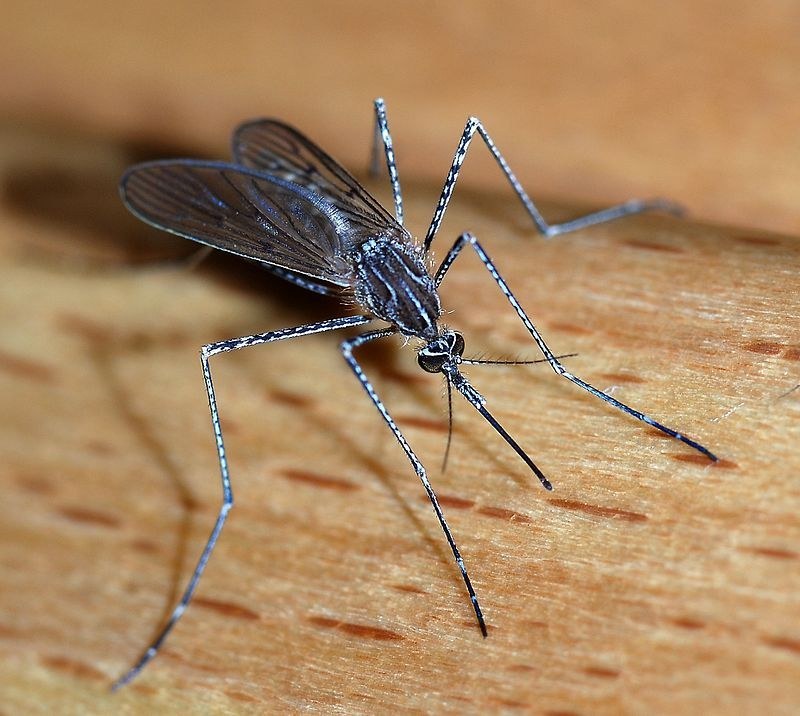
9. CO2 and Gas Increase
The increase in CO2 emissions is the leading cause of climate change. According to the UN Meteorological Organization, the year 2013 saw the greatest emission of greenhouse gases into our atmosphere. The increase in gases has caused an imbalance in the exchange of CO2 by organisms, thus leaving an excess of gas. This creates a devastating situation for our planet as temperatures rise, causing an imbalance in our atmosphere and illustrating the numerous effects of climate change.

8. Rising Temperatures
With C02 being released at an intractable rate, the difference in temperature over the past 100 years has increased exponentially with no sign of dropping down. For the past century, the average global temperature has increased by about 1.4 F. By the year 2100, we may see global temperature increases of up to 2 to 11.5 F. Such changes will dramatically increase the likelihood of droughts and severe storms. Areas such as the southwest, which endure around 90 days of temperatures above 90 F, may see 150 days of this temperature by the end of the century.

7. Intense Storms
Have you noticed over the years that storms have been getting bigger and stronger? With warming temperatures caused by a high output of C02 emissions, warmer air and water serve as fuel for these storms, making them more deadly, more intense, and more catastrophic. In fact, in the past 20 years, we have seen an increase in the frequency of tropical storms in the Atlantic. These storms are causing billions of dollars in damage and hurting the economy.

6. More Droughts
Increasing temperatures mean more droughts are bound to happen. Hard-hit areas with water shortages are prone to become worse, and new areas of drought might emerge too. All these factors can create the disastrous effect of lost rivers and lakes due to evaporation, and can also lead to famines, causing food shortages and possible water wars.

5. Rising Sea Levels
With the melting of the polar ice caps, sea levels have risen dramatically over the past 100 years. In fact, by the year 2100, the seal level is expected to rise between 2.5 – 6.5 ft. Such a dramatic increase will cause catastrophic flooding and widespread population displacement. Countries that are islands or that sit below sea level like Bangladesh and the Netherlands can expect to have their borders redrawn.

4. Melting Polar Caps
One of the leading causes of the rise in sea level will be the melting of the ice caps in the North and South Pole. With temperatures rising, by 2040 there might be an ice free zone during the summer in the Arctic area. With ice becoming thinner, glaciers that have existed for thousands of years that are critical to the region are starting to fall apart. The diminishing glaciers are causing animals to change their feeding and migration patterns, and forcing indigenous populations to relocate. The effects will not only be regional, but global, with areas of coastlines getting ravaged by flooding and rising seas.

3. Animal Extinction
As realities of climate change start to take shape, we will see the extinction of a variety of animals from the earth. Increases in temperature, changes in ocean acidity, and a lack of food will ultimately cause animals to migrate to places they have never been or force them to go extinct, as they won't be able to adapt to their new surroundings. Such animals and organisms that are at risk include polar bears, the coral reefs, the golden toad, and more. Such extinctions will cause an imbalance in the ecosystem, causing increases and decreases in the size of certain populations.

2. Ocean Acidity
The changes in the ocean not only affect the sea level , but the chemical composition of the water. Many animals will not be able to adapt to changes in ocean acidity. Lobsters, for example, may have softer shells, while coral reefs may vanish due to toxicity levels. In fact, every type of marine life will be affected by a rise in the acidification of the ocean. With a majority of the earth's CO2 absorbed by the oceans, our oceans will become more acidic and hinder the development and growth of sea life.

1. Infectious Diseases
In addition to the environmental effects of global warming, infectious diseases will become more prevalent. With higher temperatures, mosquito-borne viruses such as malaria, yellow fever, and dengue fever will spread to geographical areas that normally are not suitable for mosquitoes. Other diseases such as food poisoning will increase due to warmer temperatures allowing bacteria to grow more rapidly. With an increase in storms and rainfall in certain areas, sitting storm water runoff will be the perfect spot for bacteria to grow and will result in an increase in parasites such as Cryptosporidium and Giardia.

